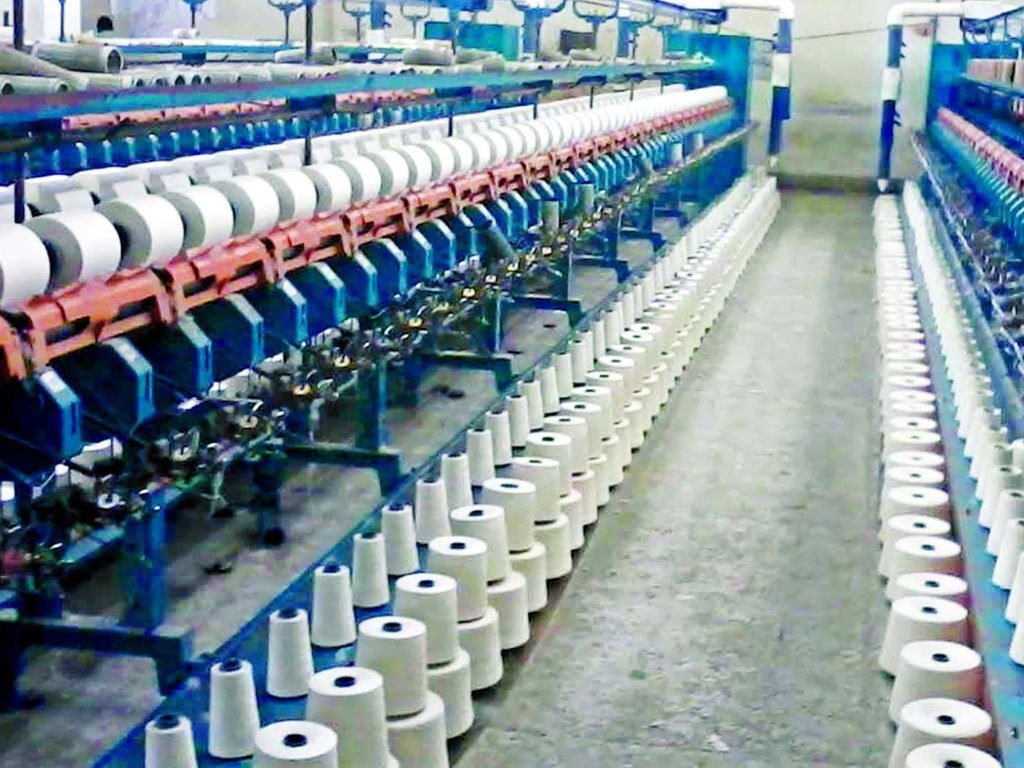WASHINGTON: The World Bank (WB) has lowered Pakistan’s GDP growth prospects to 3.4% for the current fiscal year as the government refocuses on mitigating external pressures and managing long-standing fiscal challenges.
The World Bank issued its twice-yearly report South Asia Economic Focus Shifting Gears: Digitisation and Services-Led Development released ahead of annual meetings of the Bank and the International Monetary Fund (IMF).
It had projected that Pakistan’s debt would peak to 90.6% of the GDP by end of the current fiscal year. However, it would slightly decline to 89.3% of the GDP in the next fiscal year 2022-23.
Inflation would be hovering around 9% in the current fiscal year, while it might recede to 7.5% in the next fiscal year 2022-23.
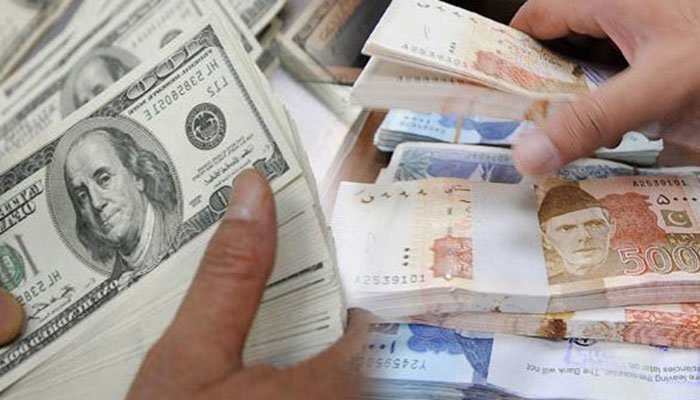
The government had sought a real GDP growth target of 4.8% for the current fiscal year 2021-22 against a provisional growth estimate of 3.94% for the last fiscal year 2020-21.
While the year-on-year growth remains strong in the region, albeit from a very low base in 2020, the recovery has been uneven across countries and sectors. South Asia’s average annual growth is forecast to be 3.4 percent over 2020-23, which is 3 percentage points less than it was in the four years preceding the pandemic.
The WB stated that in line with the 25-basis point policy rate hike in September 2021, fiscal and monetary tightening are expected to resume in FY22.
Output growth, therefore, is projected to ease to 3.4% in FY22, but strengthen in the South Asian country thereafter to 4.0% in FY23 with the implementation of key structural reforms, particularly those aimed at sustaining macroeconomic stability, increasing competitiveness and improving financial viability of the energy sector.
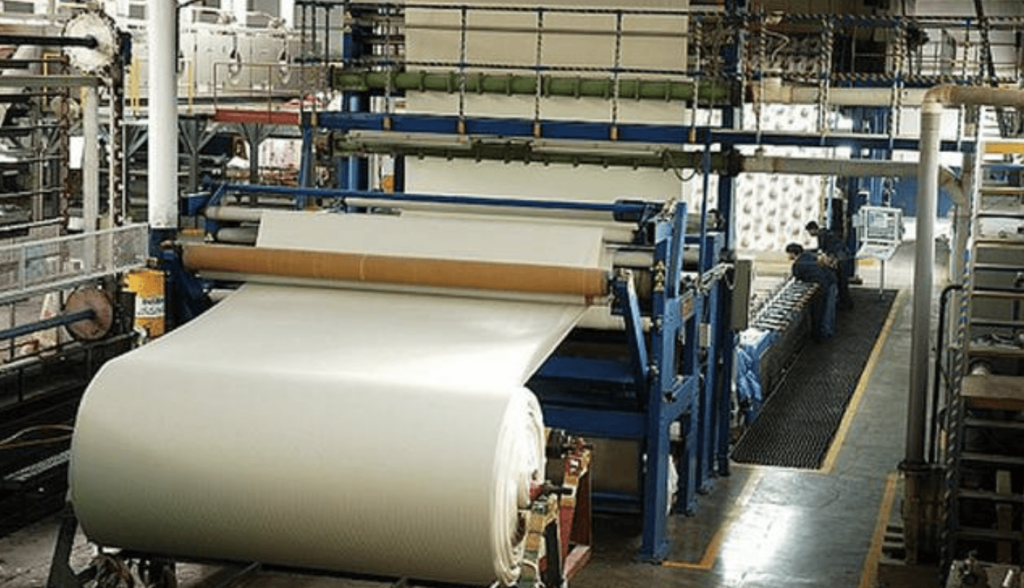
Inflation is projected to edge up in FY22 with expected domestic energy tariff hikes and higher oil and commodity prices before moderating in FY23.
Poverty in accordance with the international standard ($1.9 on PPP) is expected to continue declining, reaching 4.0% by FY23. The low middle income poverty rate ($3.2 in 2011 PPP) stands at 35.7% population. The upper middle income poverty rate ($5.5 in 2011 PPP) stands at 76.2% population, the publication reported.
The current account deficit is projected to widen to 2.5% of GDP in FY23 as imports expand with higher economic growth and oil prices. Exports are also expected to grow strongly after initially tapering in FY22, as tariff reform measures gain traction supporting export competitiveness.
In addition, the growth of official remittance inflows is expected to moderate after benefiting from a COVID-19 induced transition to formal channels in FY21.
Despite fiscal consolidation efforts, the deficit is projected to remain high at 7.0% of GDP in FY22 and widen to 7.1% in FY23 due to pre-election spending. Implementation of critical revenue-enhancing reforms, particularly the General Sales Tax harmonization, will support a narrowing of the fiscal deficit over time. “Public debt will remain elevated in the medium-term, as well Pakistan’s exposure to debt-related shocks,” it maintained.
This outlook assumes that the IMF-EFF program will remain on-track, the WB assessed.
Due to low-base effects and recovering domestic demand, the real GDP growth (at factor cost) is estimated to have rebounded to 3.5% in FY21 from a contraction of 0.5% in FY20.
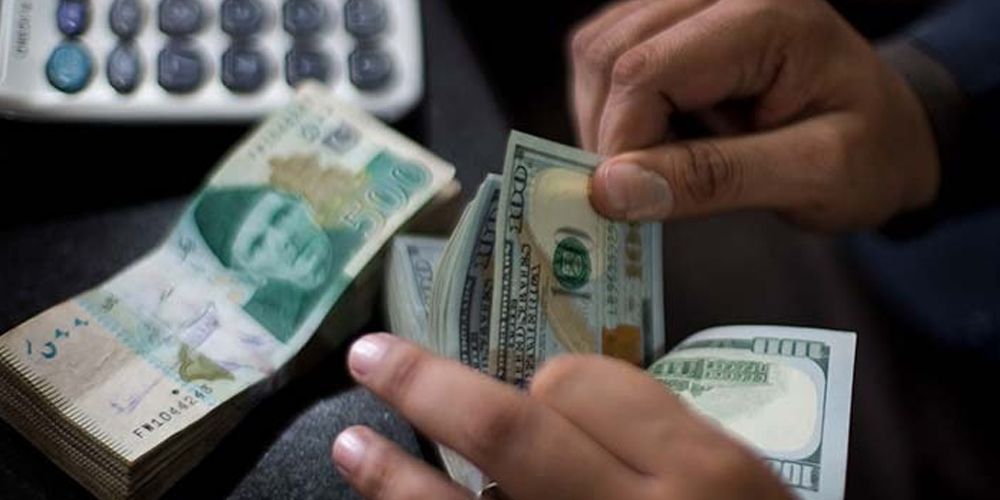
Buttressed with record-high official remittance inflows, received through formal banking channels, and an accommodative monetary policy, private consumption and investment are both estimated to have strengthened during the FY. Government consumption is also estimated to have risen, but at a slower pace than in FY20 when the COVID-19 fiscal stimulus package was rolled out. In contrast, net exports are estimated to have contracted in FY21, as imports growth almost doubled that of exports due to strong domestic demand.
On the production side, supported by strong large-scale manufacturing, industrial activity is projected to have rebounded after contracting for two consecutive years. Similarly, the services sector that accounts for 60% of GDP, is estimated to have expanded, as generalized lockdown measures were increasingly lifted.
In contrast, agriculture sector growth is expected to have slowed, partly due to a near 30% decline in cotton production on adverse weather conditions.
Despite slowing to 8.9% in FY21 from 10.7% in FY20, headline consumer price inflation remained elevated – mostly because of high food inflation, which is likely to disproportionately impact poorer households that spend a larger share of their income on food items compared to non-food items.
With the policy rate being held at 7.0% throughout FY21, real interest rates were negative, supporting the recovery. The current account deficit narrowed from 1.7% of GDP in FY20 to 0.6% in FY21 as robust remittance inflows offset a wider trade deficit.
Foreign direct investment decreased, while portfolio inflows increased with the issuance of US$2.5 billion Eurobonds. Overall, the balance of payments surplus was 1.9% of GDP in FY21, and the official foreign exchange reserves rose to US$18.7 billion at end-FY21, the highest since January 2017 and equivalent to 3.4 months of total imports. Accordingly, the Rupee appreciated by 5.8% against the US dollar over the FY, while the real effective exchange rate rose by 10.4%. In FY21, the fiscal deficit narrowed to 7.2% of GDP from 8.0% in FY20, as revenue growth, underpinned by stronger domestic activity, outpaced higher expenditures.
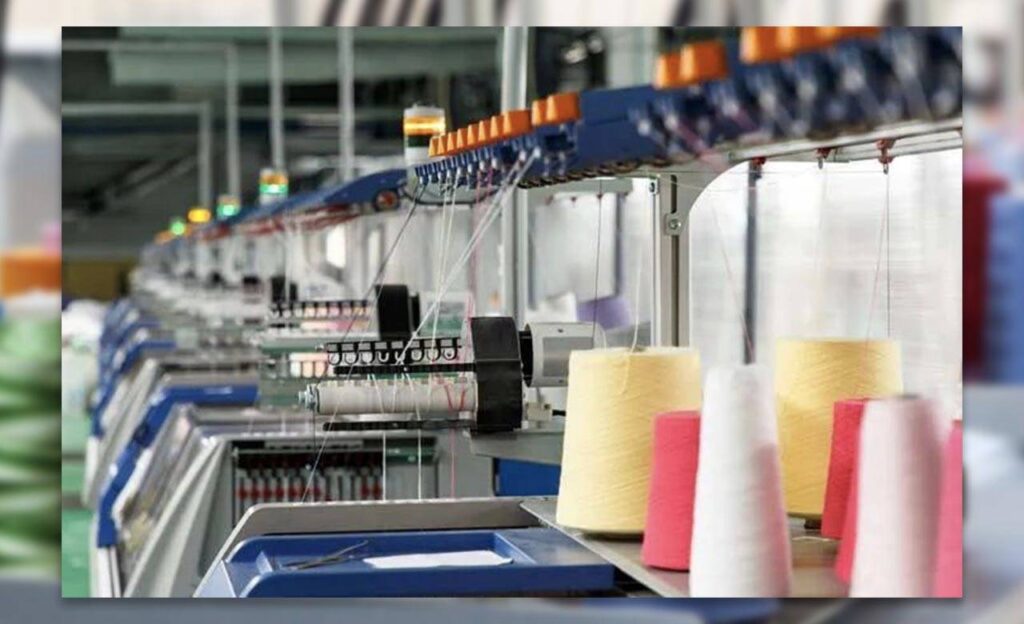
Public debt, including guaranteed debt, tickled down to 90.7% of GDP at end-June FY21 from 92.7% of GDP at end-June FY20. Bolstered by the recovery in the industry and services sectors and resultant off-farm employment opportunities, poverty incidence, measured at the international poverty line of US$1.90 PPP 2011 per day, is expected to have declined to 4.8% in FY21 from 5.3% in FY20.
However, this change is not statistically significant, and downside risks arising from lockdown-induced disruptions to employment and high food inflation remain.
In Pakistan, GDP is estimated to have grown by 3.5% in FY20/21, an upward revision of 2.2 percentage points compared to the last forecast.
Strengthening private consumption and investment are projected to have driven the overall recovery, while net exports are estimated to have contracted due to strong domestic demand driving import growth. GDP growth is expected to ease to 3.4% in the current fiscal year, as both expansionary fiscal and monetary measures are expected to unwind. For FY22/23, growth will pick up again to reach 4% as major structural reforms are implemented that are expected to strengthen the economy’s overall competitiveness, it concluded.
Media person and communication expert for over 25 years. Worked with Dow Jones News, World Bank, CNBC Pakistan, Aaj TV, ARY TV, Abbtakk TV, Business Recorder, Pakistan Observer, Online News Network, TTI Magazine and other local and world Publications.


